Home>Gardening & Outdoor>Plant Care & Gardening Tips>Where Is The English Laurel Plant Native To
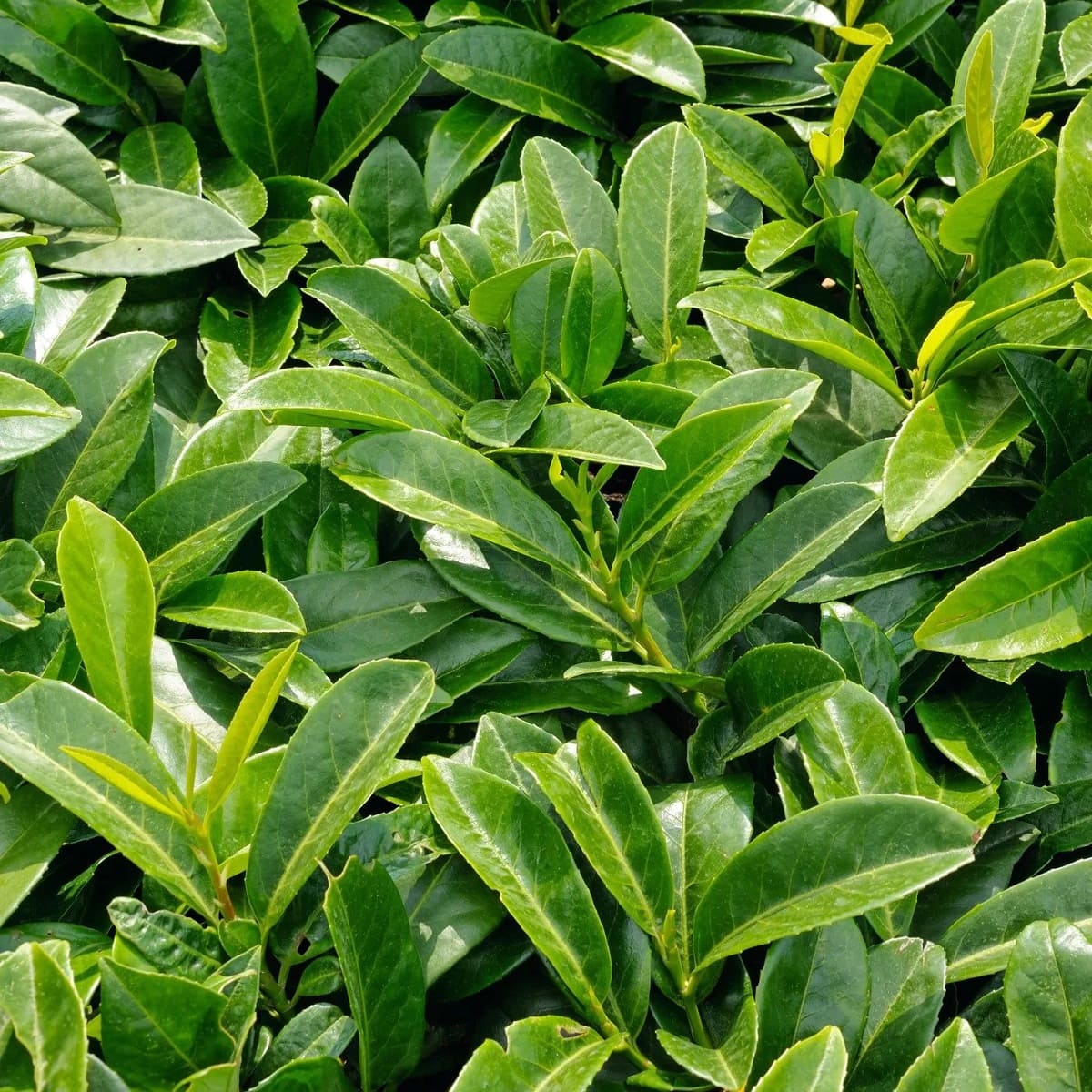

Plant Care & Gardening Tips
Where Is The English Laurel Plant Native To
Published: December 25, 2023
Discover the native habitat of the English laurel plant and get expert plant care and gardening tips to ensure its thriving growth in your garden. Explore its origins and best practices for cultivation.
(Many of the links in this article redirect to a specific reviewed product. Your purchase of these products through affiliate links helps to generate commission for Storables.com, at no extra cost. Learn more)
**
Introduction
**
Welcome to the enchanting world of the English laurel plant! If you're an avid gardener or simply someone who appreciates the beauty of nature, you're in for a treat. This article will take you on a journey to discover the fascinating origins, growing conditions, and uses of the English laurel plant.
The English laurel, scientifically known as Prunus laurocerasus, is a versatile and elegant evergreen shrub that has captivated the hearts of plant enthusiasts for centuries. Its lush foliage, fragrant blooms, and practical applications make it a beloved addition to gardens, landscapes, and even indoor spaces.
Join me as we delve into the captivating world of the English laurel plant, uncovering its rich history, native range, ideal growing conditions, and the myriad ways in which it can be utilized to enhance our surroundings. Whether you're a seasoned gardener or a novice plant enthusiast, this article aims to provide valuable insights into the captivating realm of the English laurel plant. So, let's embark on this horticultural adventure and unearth the secrets of this remarkable plant!
**
Key Takeaways:
- The English laurel plant, native to southeastern Europe and southwestern Asia, has a rich history and is valued for its ornamental beauty, practical uses, and cultural significance.
- With its adaptability to varying growing conditions, the English laurel is a resilient and versatile choice for landscapes, offering ornamental value, ecological benefits, and cultural symbolism.
Read more: Where Is The Snake Plant Native To
What is the English Laurel Plant?
**
The English laurel plant, scientifically referred to as Prunus laurocerasus, is a species of evergreen shrub belonging to the Rosaceae family. This versatile plant is renowned for its glossy, dark green leaves, which emit a distinct, aromatic fragrance when crushed or bruised. The English laurel is native to regions in southeastern Europe and southwestern Asia, where it thrives in diverse climates and soil conditions.
One of the most striking features of the English laurel plant is its dense foliage, which provides excellent coverage and privacy when used as a hedge or screen. The plant can also be cultivated as a standalone ornamental shrub, adding a touch of elegance to any landscape. In addition to its aesthetic appeal, the English laurel produces small, fragrant white flowers in spring, followed by black fruit that adds visual interest to the plant.
Due to its adaptability and resilience, the English laurel is a popular choice for landscaping and garden design. It can thrive in both sun and shade, making it suitable for various environments. Furthermore, this versatile shrub is relatively low-maintenance, making it an attractive option for both experienced and novice gardeners.
With its rich history, captivating appearance, and practical uses, the English laurel plant continues to enchant and inspire individuals with a passion for gardening and horticulture. In the following sections, we will explore the fascinating history of the English laurel plant, its native range, ideal growing conditions, and the diverse ways in which it can be utilized to enhance our surroundings.
**
History of the English Laurel Plant
**
The history of the English laurel plant is steeped in rich tradition and cultural significance. Native to regions in southeastern Europe and southwestern Asia, this evergreen shrub has been revered for centuries for its ornamental beauty, practical uses, and symbolic value.
Historical records indicate that the English laurel has been cultivated since ancient times, with mentions dating back to Greek and Roman civilizations. In Greek mythology, the laurel tree was associated with Apollo, the god of music, poetry, and sunlight. The leaves of the laurel tree were woven into wreaths and bestowed upon victors in athletic and artistic competitions, symbolizing honor and achievement.
During the Roman era, the laurel wreath held similar significance and was worn by victorious generals, emperors, and scholars. The term “baccalaureate” is derived from the Latin word “baccalaureus,” which translates to “laurel berry,” reflecting the plant’s enduring legacy in academia and scholarly pursuits.
Throughout history, the English laurel has also been valued for its medicinal properties. Its leaves contain compounds with potential therapeutic benefits, leading to its use in traditional herbal remedies. The plant’s aromatic foliage has been utilized in the production of essential oils and fragrances, further highlighting its diverse applications.
As the centuries progressed, the English laurel’s allure extended beyond its cultural and symbolic significance. Its resilience, adaptability, and aesthetic appeal made it a sought-after plant for landscaping, hedging, and ornamental purposes. The plant’s ability to thrive in various climates and soil conditions contributed to its widespread cultivation across different regions.
Today, the English laurel plant continues to captivate gardeners, horticulturists, and nature enthusiasts with its timeless charm and practical versatility. Its rich history, spanning ancient civilizations to modern-day landscapes, underscores the enduring appeal and relevance of this remarkable evergreen shrub.
In the subsequent sections, we will delve into the native range of the English laurel plant, its ideal growing conditions, and the myriad ways in which it can be utilized to enhance our surroundings. By understanding the historical context and cultural significance of this plant, we gain a deeper appreciation for its enduring legacy and timeless beauty.
**
Native Range of the English Laurel Plant
**
The native range of the English laurel plant encompasses a diverse geographical expanse, primarily spanning regions in southeastern Europe and southwestern Asia. This evergreen shrub, scientifically known as Prunus laurocerasus, thrives in a variety of habitats, from woodland areas to rocky slopes, demonstrating its adaptability to different environmental conditions.
Within its native range, the English laurel is found in countries such as Turkey, Iran, the Caucasus region, and various parts of the Balkan Peninsula. The plant’s natural habitat includes forests, thickets, and rocky hillsides, where it flourishes amidst a range of soil types and moisture levels.
The English laurel’s ability to thrive in diverse climates, from temperate to subtropical, has contributed to its widespread distribution within its native range. Its resilience in varying light conditions, including both sun and shade, further enhances its adaptability to different landscapes.
Throughout history, the English laurel has been revered for its ornamental beauty and practical applications within its native regions. Its aromatic foliage, glossy leaves, and fragrant blooms have made it a cherished component of traditional gardens, landscapes, and cultural practices.
As a result of its enduring appeal and adaptability, the English laurel plant has been introduced to numerous countries beyond its native range, where it continues to thrive and enchant individuals with its timeless charm.
Understanding the native range of the English laurel plant provides valuable insights into its natural habitat, ecological significance, and cultural relevance within specific regions. In the following sections, we will explore the ideal growing conditions for the English laurel, its uses in landscaping and gardening, and the practical considerations for cultivating and caring for this remarkable evergreen shrub.
**
The English Laurel plant is native to the regions of southeastern Europe and southwestern Asia. It thrives in temperate climates and is commonly found in countries such as Turkey, Iran, and the Caucasus region.
Growing Conditions of the English Laurel Plant
**
The English laurel plant, renowned for its lush foliage and versatile applications, thrives in specific growing conditions that contribute to its health, vigor, and ornamental beauty. Understanding the ideal environment for cultivating this evergreen shrub is essential for successful growth and long-term maintenance.
Light: The English laurel plant exhibits remarkable adaptability to varying light conditions, making it suitable for both sun and shade. While it can thrive in full sunlight, it also tolerates partial shade, making it a versatile choice for different garden settings. When selecting a planting location, consider the balance of sunlight and shade to ensure optimal growth and foliage density.
Soil: Well-drained, fertile soil is essential for the healthy development of the English laurel plant. It thrives in moist, loamy soil with good drainage, allowing the roots to access essential nutrients while preventing waterlogged conditions. Amending the soil with organic matter can enhance its fertility and structure, providing an ideal foundation for the plant’s growth.
Water: Adequate moisture is crucial for the establishment and ongoing vitality of the English laurel. While the plant demonstrates resilience once established, regular watering is essential, especially during dry periods. Proper irrigation practices, such as deep, infrequent watering, promote robust root development and overall plant health.
Temperature: The English laurel is well-suited to temperate and subtropical climates, where it can withstand moderate frosts and temperature fluctuations. In regions with harsh winters, providing protection from freezing conditions can help safeguard the plant’s foliage and ensure its resilience during colder months.
Pruning and Maintenance: Regular pruning and maintenance are integral to shaping the English laurel plant and promoting its dense, compact growth. Pruning can be conducted to control the plant’s size, shape hedges, or remove damaged or overgrown branches. Additionally, monitoring for pests and diseases and addressing any issues promptly contributes to the plant’s overall vitality.
By providing the ideal growing conditions, including appropriate light, soil, water, and temperature, gardeners can cultivate thriving English laurel plants that enhance their landscapes and outdoor spaces. In the subsequent sections, we will explore the diverse uses of the English laurel plant, its practical applications, and the aesthetic contributions it offers to gardens and outdoor environments.
**
Read more: Where Is Ice Plant Native To
Uses of the English Laurel Plant
**
The English laurel plant, with its captivating foliage and versatile characteristics, offers a myriad of practical and aesthetic uses that contribute to its enduring appeal in landscaping, gardening, and everyday life.
Ornamental Landscaping: One of the primary uses of the English laurel is its ornamental value in landscaping and garden design. Whether cultivated as a standalone specimen, used as a hedging plant, or incorporated into mixed borders, the plant’s glossy, dark green foliage provides an elegant backdrop for outdoor spaces. Its dense growth habit and ability to withstand pruning make it an ideal choice for creating formal hedges and privacy screens.
Fragrant Foliage: The aromatic leaves of the English laurel emit a pleasant fragrance when crushed or brushed against, adding sensory appeal to gardens and landscapes. The subtle, sweet scent enhances the overall ambiance of outdoor areas, making the plant a delightful addition to sensory gardens and aromatic landscapes.
Wildlife Habitat: The dense foliage of the English laurel provides shelter and nesting sites for various bird species, contributing to the ecological diversity of garden environments. Additionally, the plant’s berries attract birds and wildlife, further enriching the natural ecosystem and fostering biodiversity.
Medicinal and Aromatic Uses: The leaves of the English laurel contain compounds with potential medicinal properties, leading to their historical use in traditional herbal remedies. Furthermore, the aromatic foliage has been utilized in the production of essential oils and fragrances, adding to the plant’s diverse applications beyond the realm of gardening.
Cultural Symbolism: Throughout history, the English laurel has held symbolic significance in various cultures, representing honor, victory, and scholarly achievement. Its association with mythology, academia, and cultural traditions underscores its enduring legacy and timeless allure.
Practical Considerations: In addition to its ornamental and sensory attributes, the English laurel plant offers practical benefits, such as serving as a natural barrier, windbreak, or privacy screen. Its resilience, adaptability, and low-maintenance nature make it a valuable asset in diverse outdoor settings.
By understanding the diverse uses and applications of the English laurel plant, individuals can appreciate its multifaceted contributions to landscapes, gardens, and the natural world. Whether utilized for its ornamental beauty, sensory appeal, ecological value, or cultural symbolism, the English laurel continues to enchant and inspire individuals with its timeless charm and practical versatility.
As we conclude our exploration of the English laurel plant, we recognize its enduring legacy, rich history, and enduring relevance in the realm of horticulture and garden design. By embracing the unique attributes and contributions of this remarkable evergreen shrub, we celebrate its timeless allure and the myriad ways in which it enriches our surroundings.
**
Conclusion
**
As we conclude our journey through the captivating realm of the English laurel plant, we emerge with a deeper appreciation for its rich history, ornamental beauty, and practical versatility. From its ancient cultural symbolism to its modern-day applications in landscaping and gardening, the English laurel continues to enchant and inspire individuals with its timeless allure.
Throughout history, the English laurel has been revered for its cultural significance, representing honor, victory, and scholarly achievement in various traditions. Its association with mythology, academia, and cultural practices underscores its enduring legacy and enduring relevance in diverse contexts.
The English laurel’s adaptability to varying growing conditions, from light and soil to water and temperature, makes it a resilient and versatile choice for landscapes and outdoor spaces. Whether utilized as a hedging plant, an ornamental specimen, or a sensory addition to gardens, the plant’s glossy foliage and fragrant leaves contribute to the aesthetic and sensory appeal of outdoor environments.
Furthermore, the English laurel’s ecological value as a wildlife habitat and its practical uses as a natural barrier or windbreak highlight its multifaceted contributions to the natural world. Its aromatic foliage and potential medicinal properties add depth to its diverse applications, transcending the boundaries of traditional gardening and horticulture.
As we reflect on the enduring legacy and practical versatility of the English laurel plant, we recognize its ability to enrich our surroundings, foster biodiversity, and evoke a sense of timeless charm and elegance. Whether in historical contexts or modern-day landscapes, the English laurel remains a beloved and cherished component of outdoor environments.
By embracing the unique attributes and contributions of the English laurel plant, we celebrate its enduring allure and the myriad ways in which it enhances our connection to nature and the beauty of the natural world. As we continue to cultivate, cherish, and admire this remarkable evergreen shrub, we honor its timeless legacy and the profound impact it has on our lives and surroundings.
May the English laurel plant continue to inspire and captivate us, serving as a testament to the enduring beauty, resilience, and cultural significance of the natural world.
Frequently Asked Questions about Where Is The English Laurel Plant Native To
Was this page helpful?
At Storables.com, we guarantee accurate and reliable information. Our content, validated by Expert Board Contributors, is crafted following stringent Editorial Policies. We're committed to providing you with well-researched, expert-backed insights for all your informational needs.
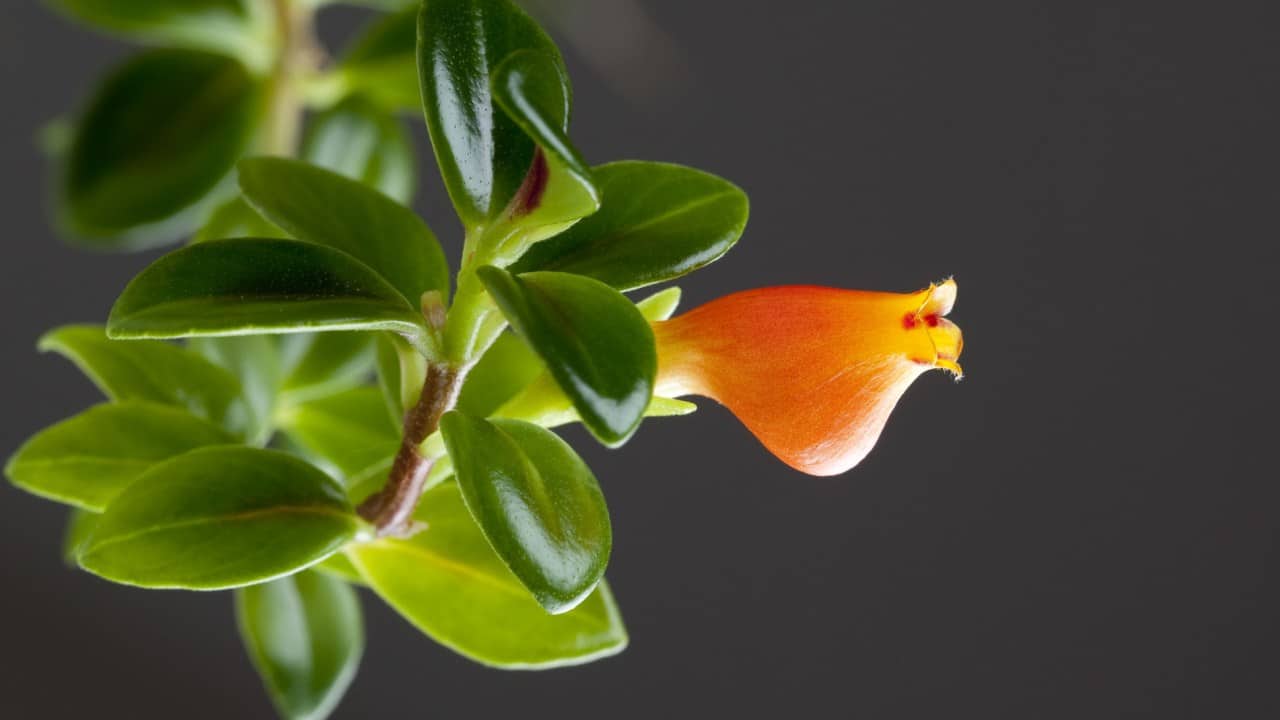
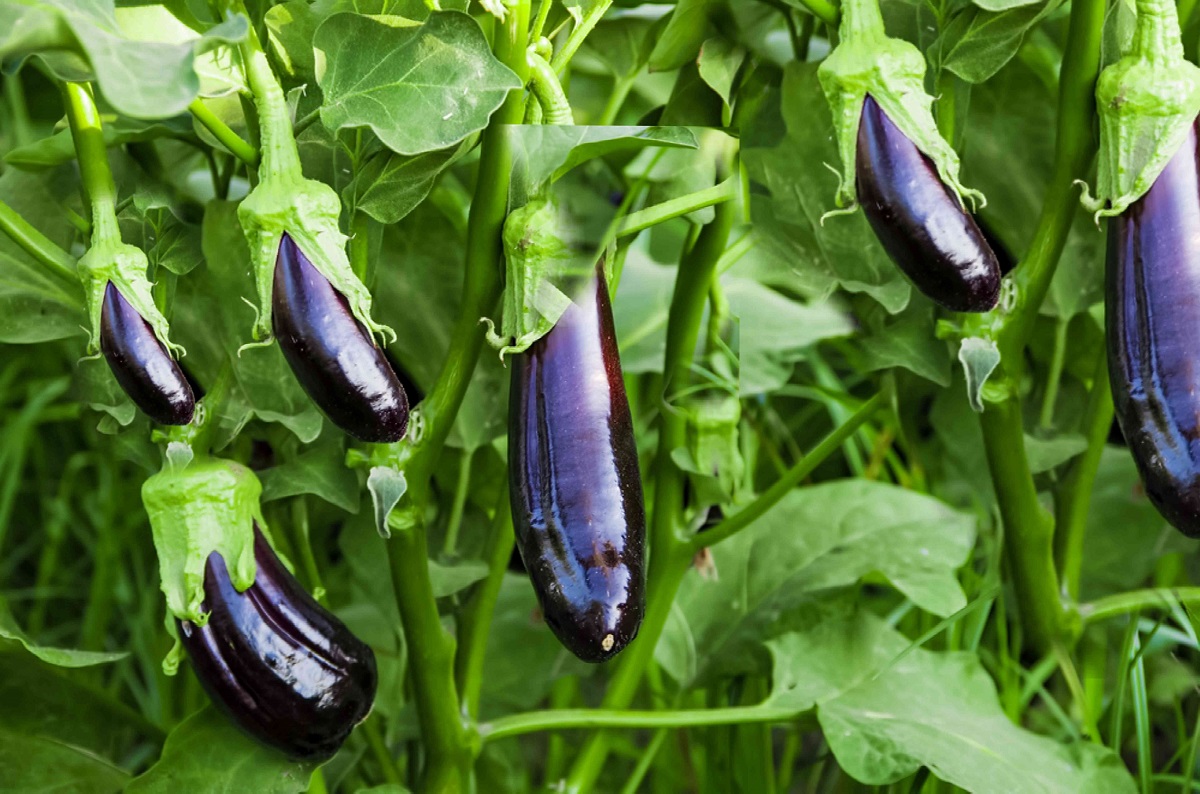
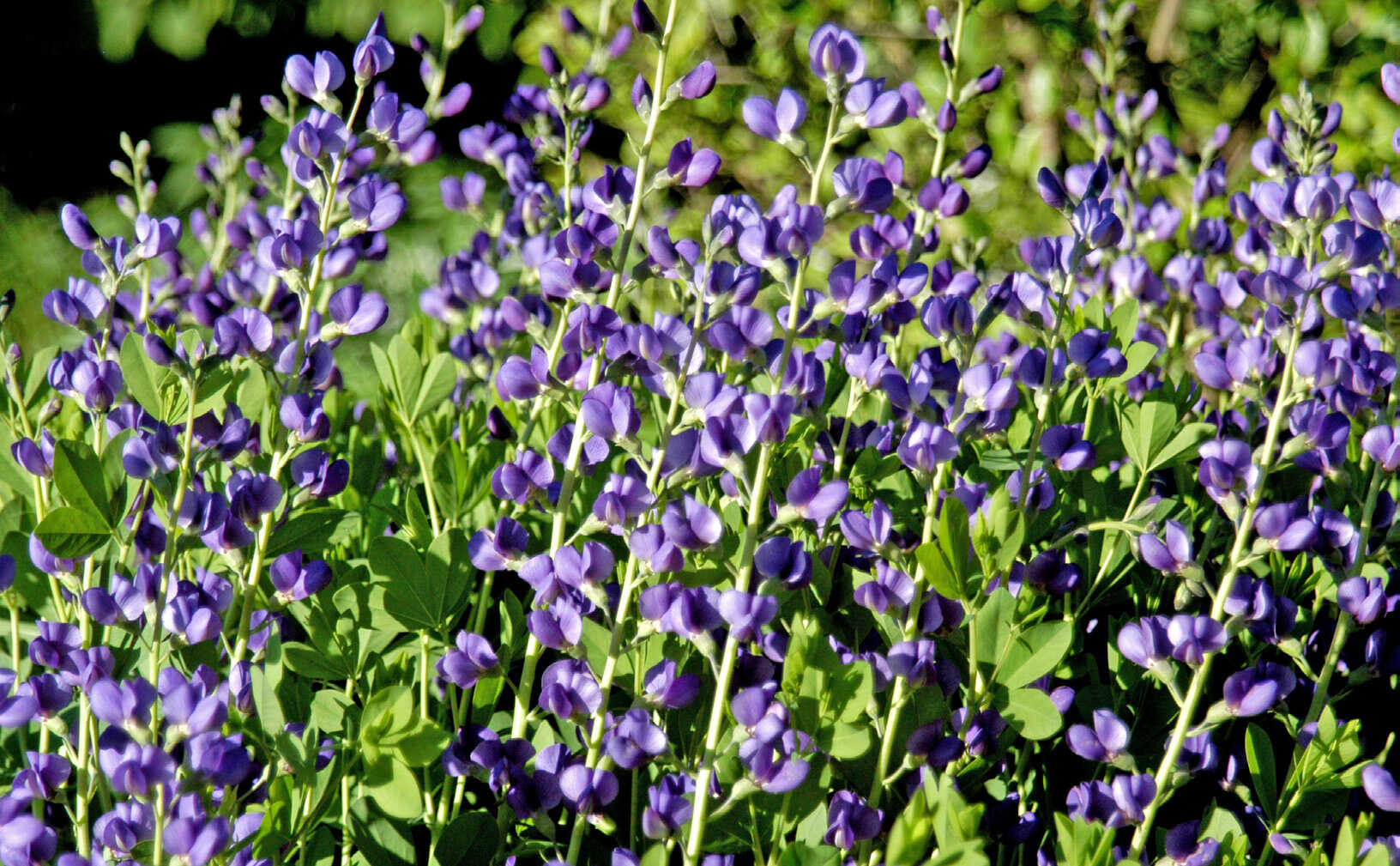
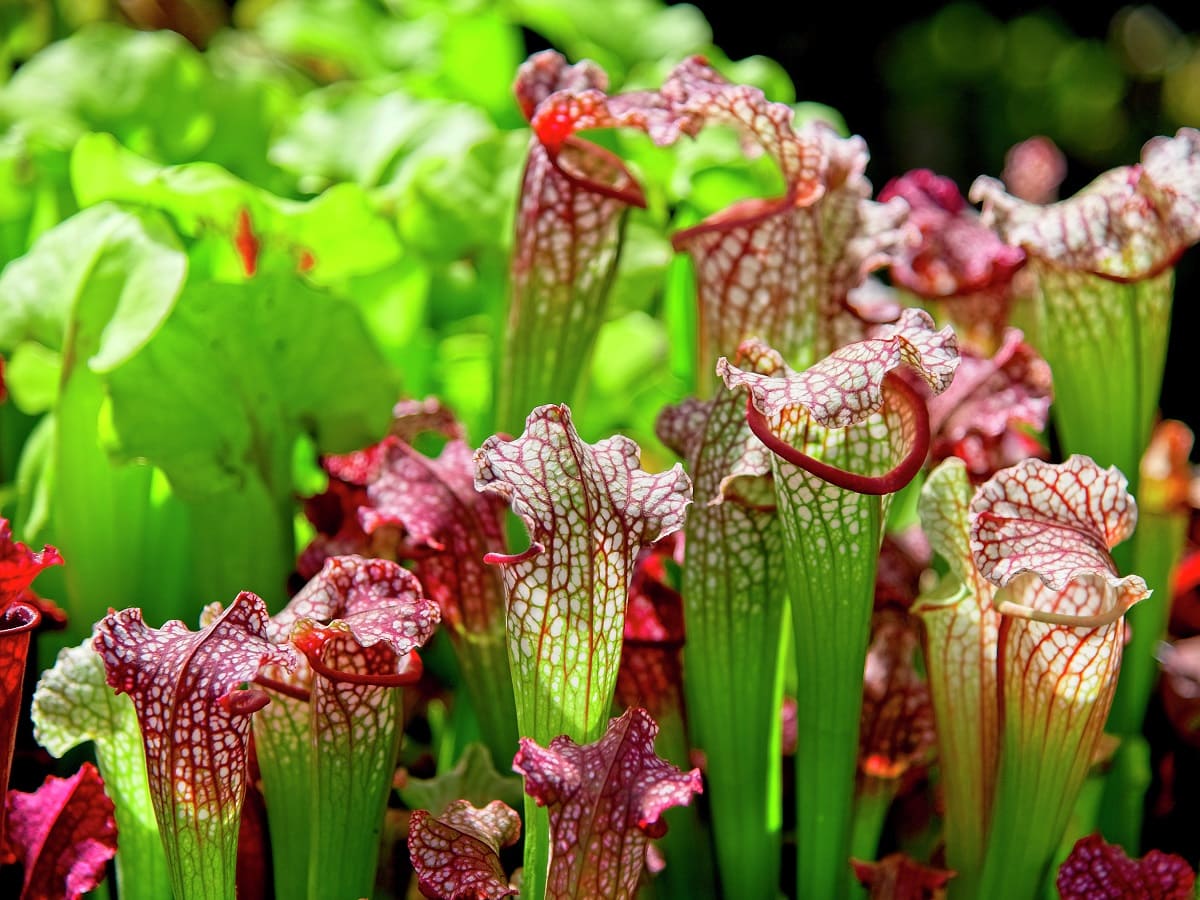
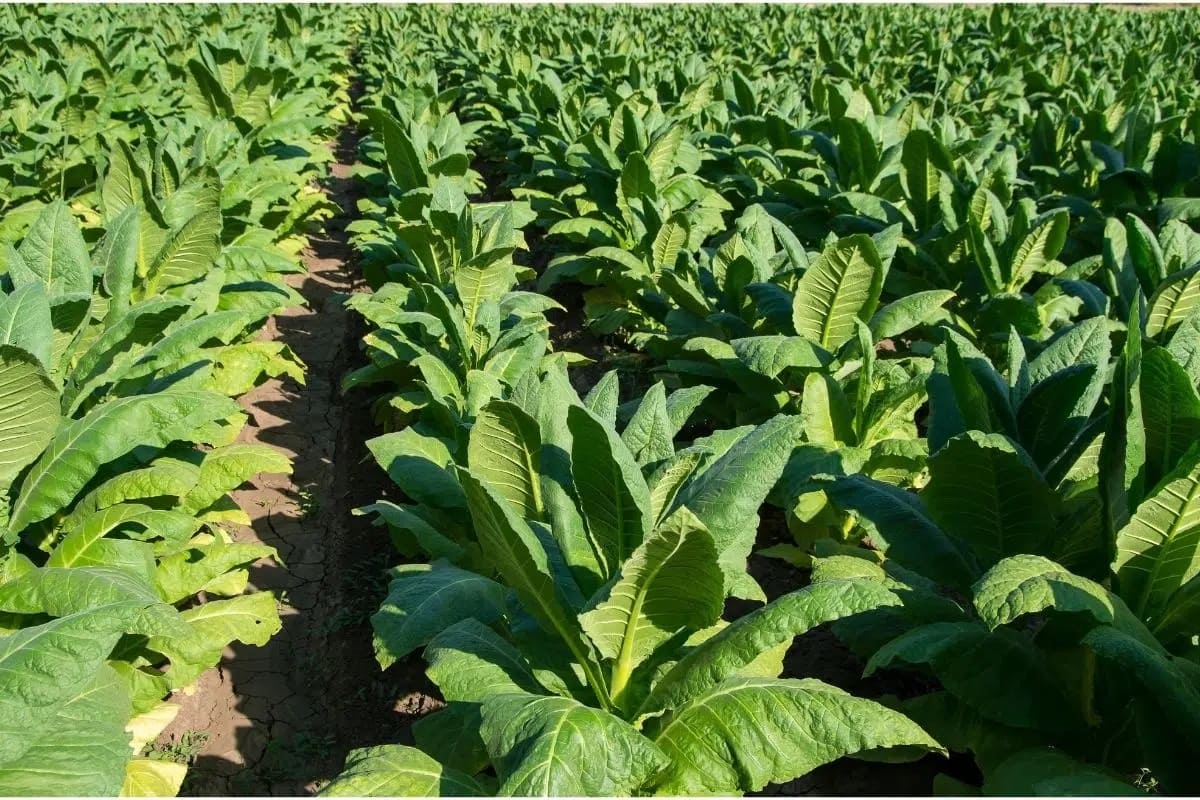
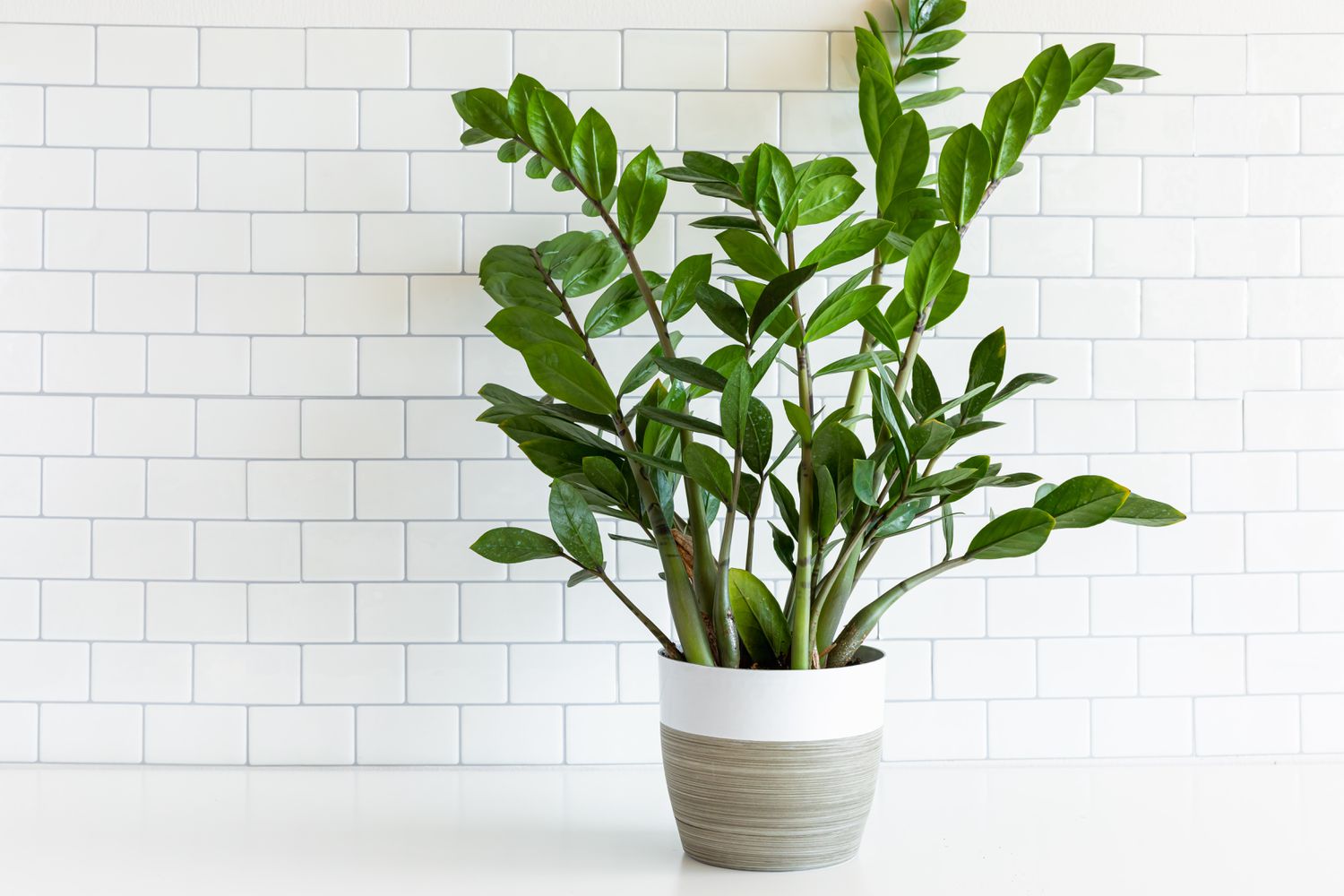
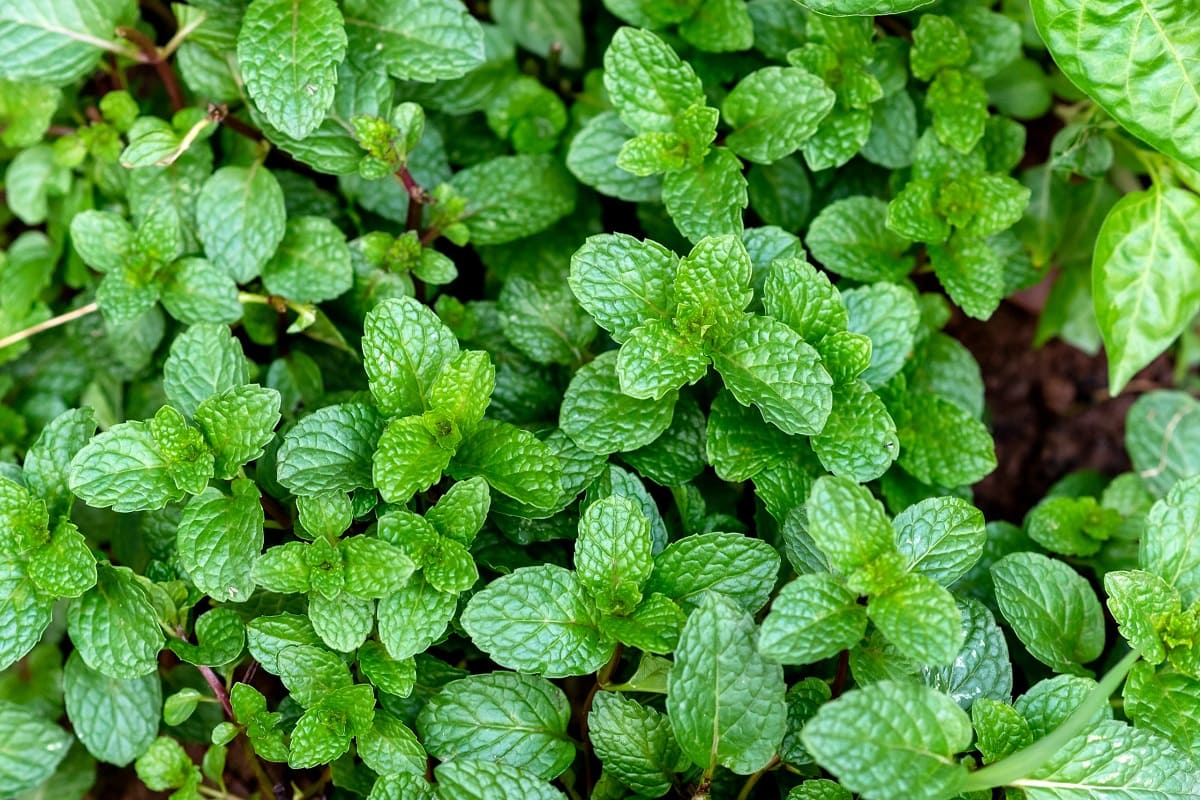

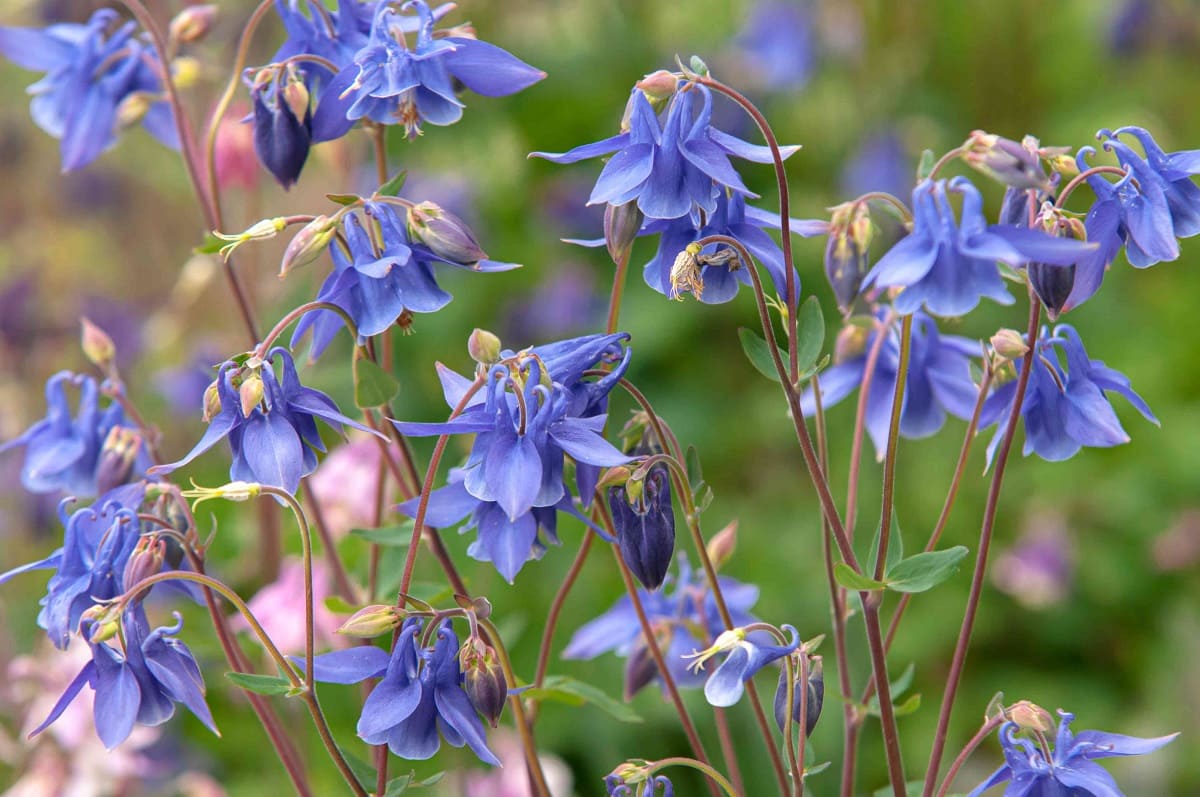
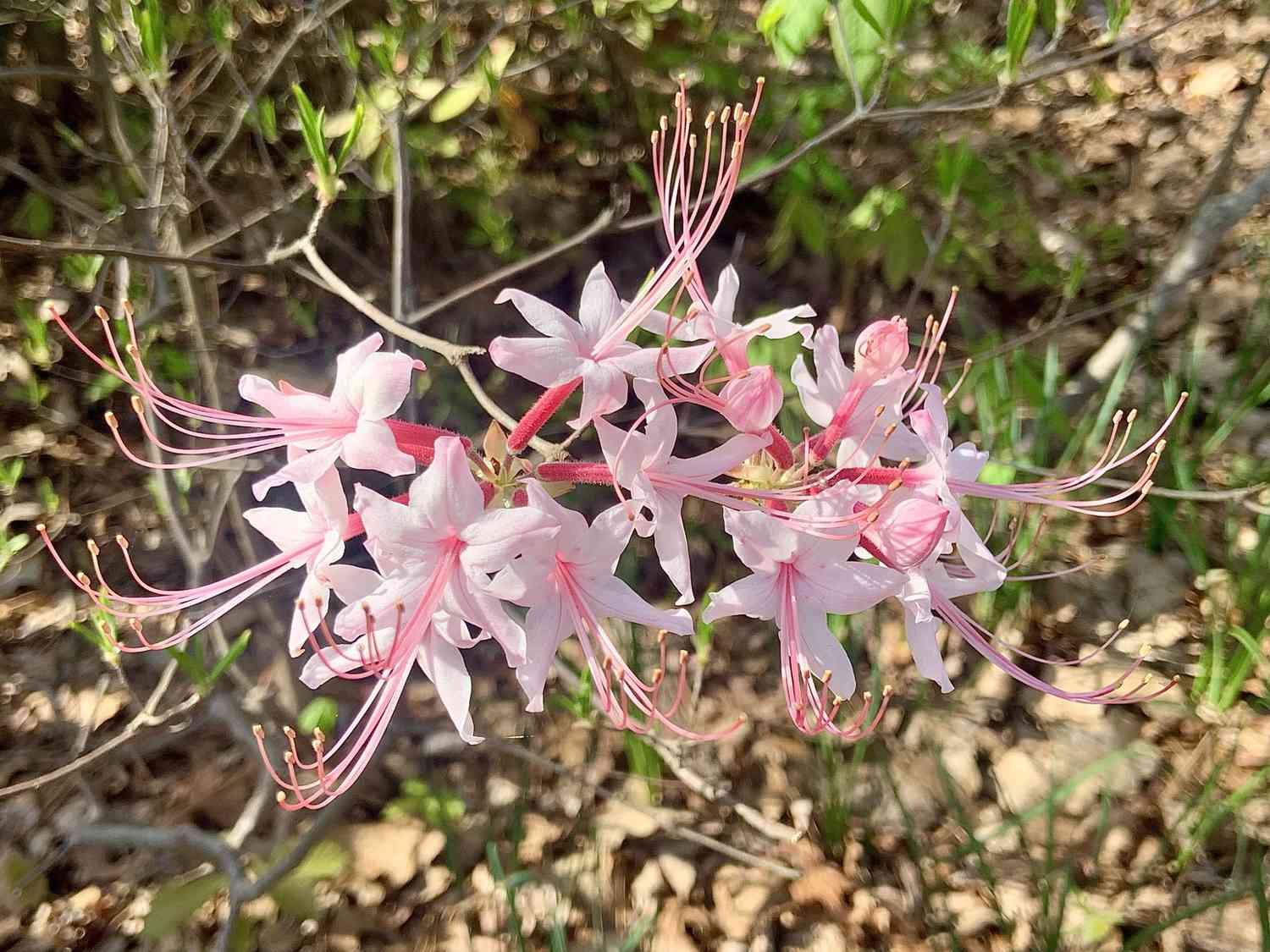
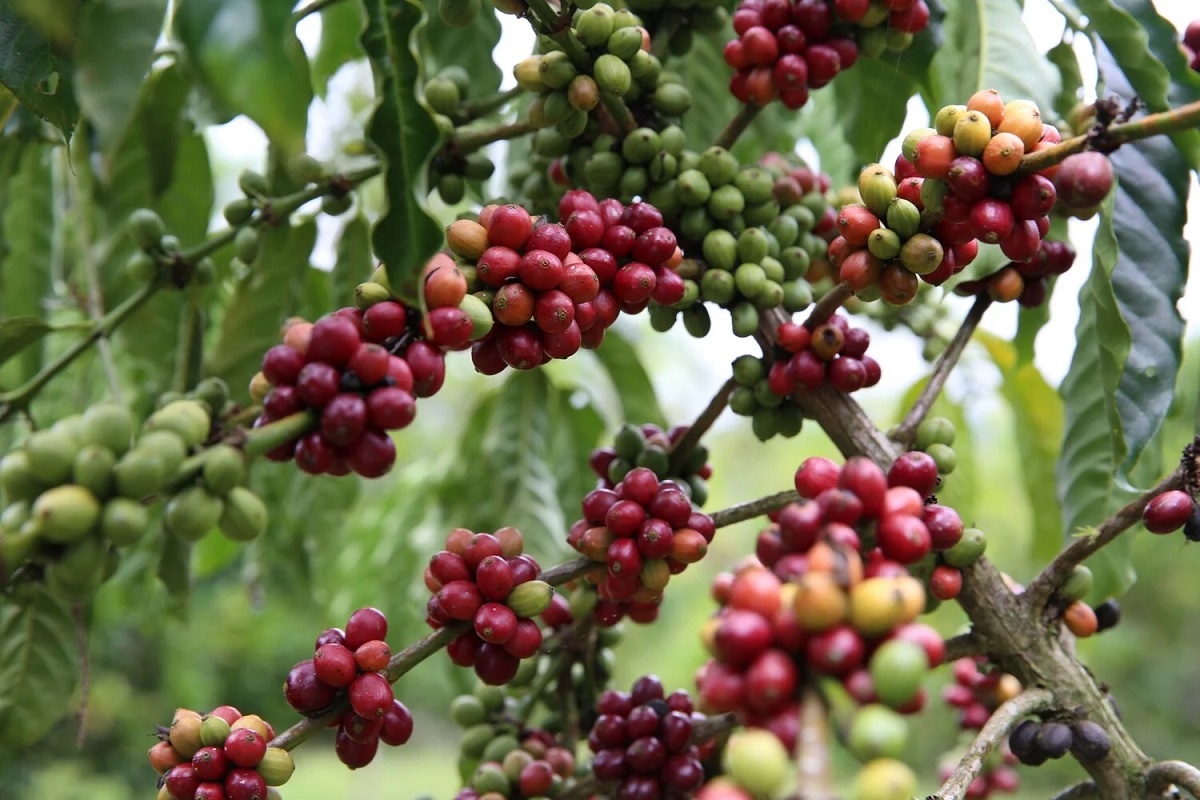
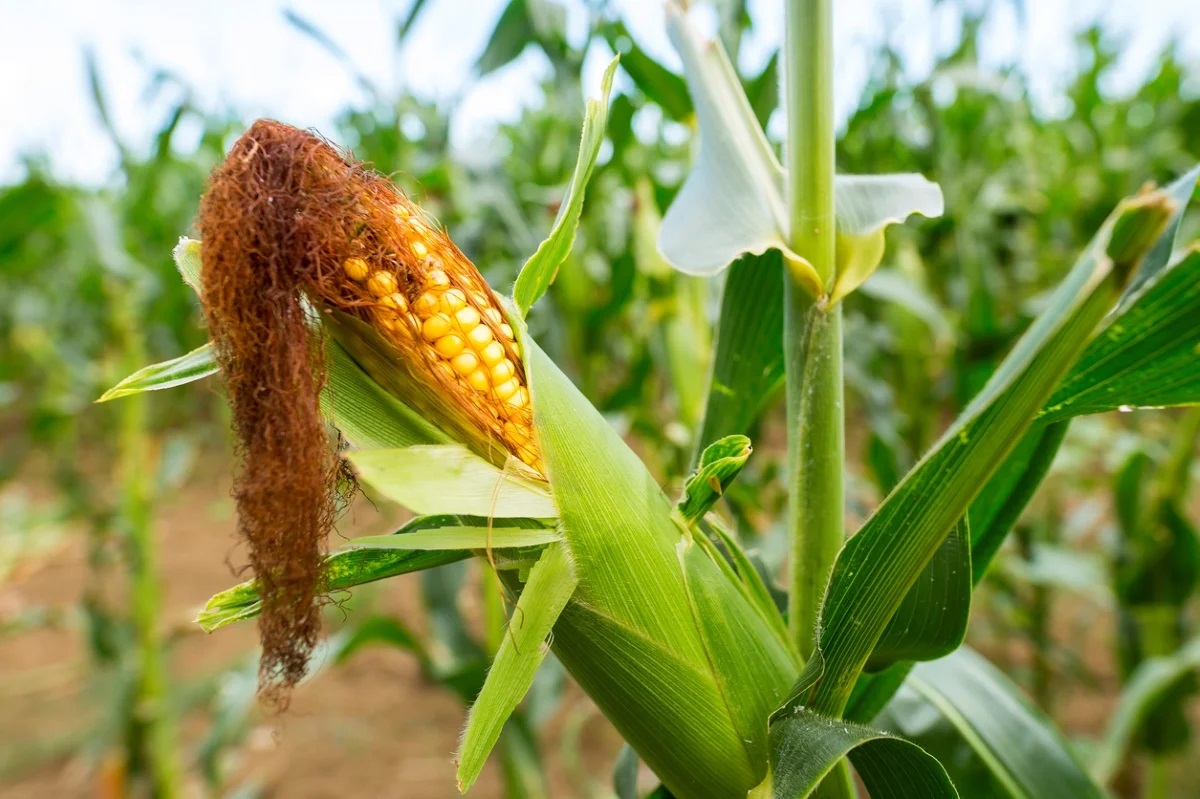



0 thoughts on “Where Is The English Laurel Plant Native To”